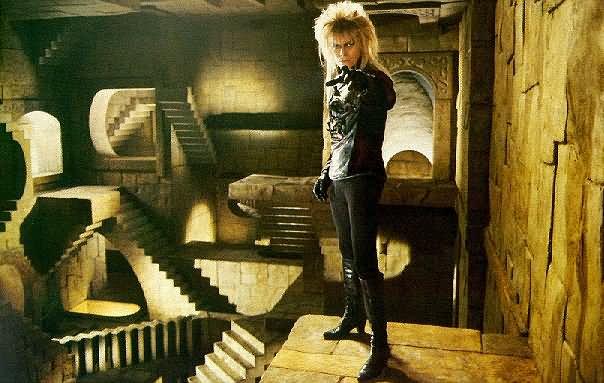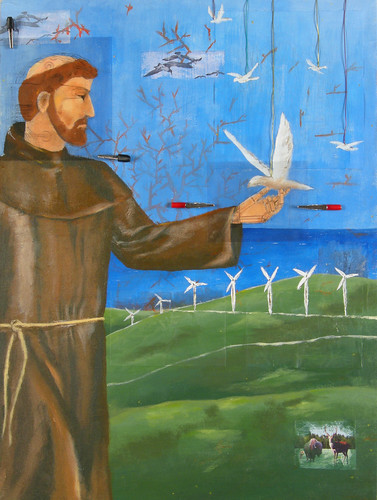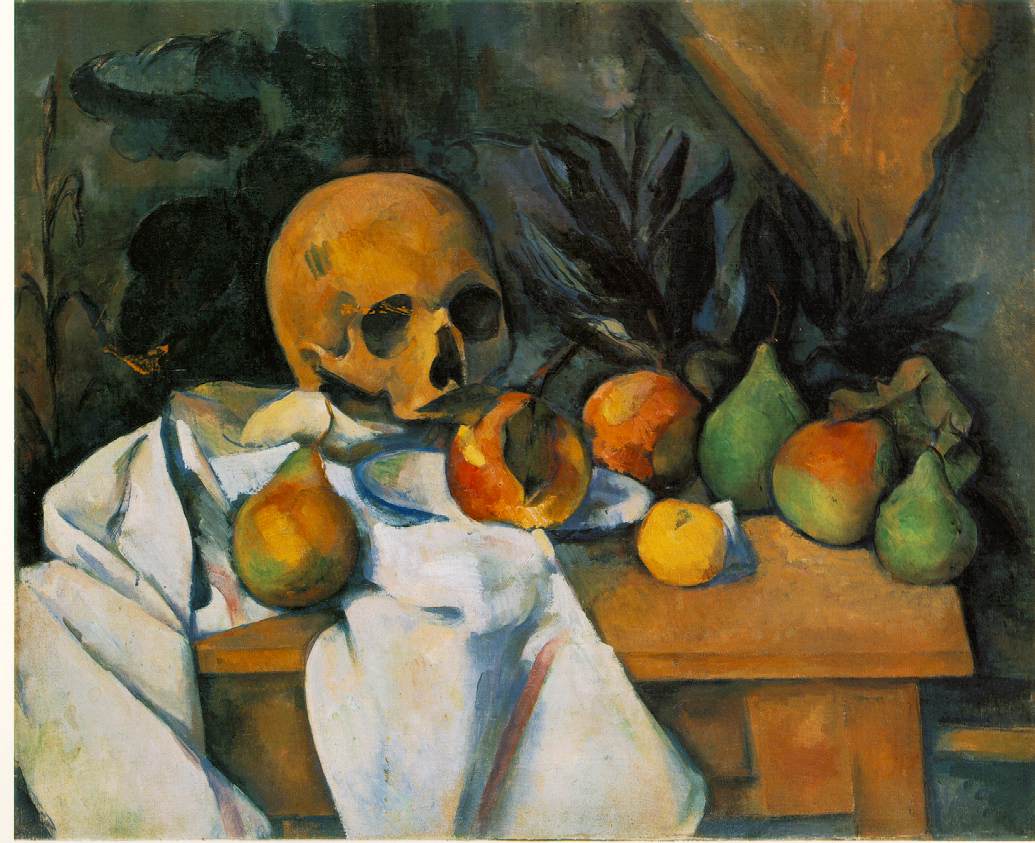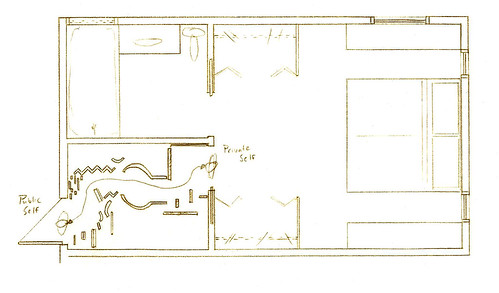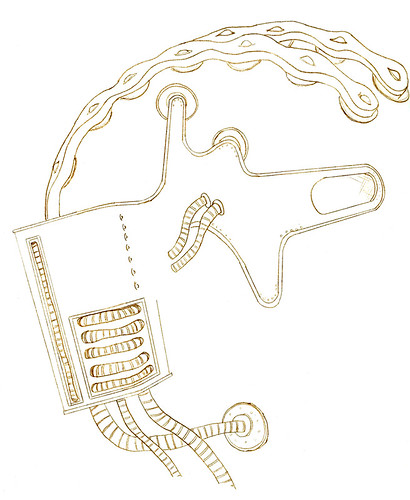4 personal observations:
When I used to sail boats one of my favourite sensations was of standing up while working the tiller;
when I go hiking I relish the experience of standing high up on a rock and looking down over a landscape (not unlike that famous painting by Caspar David Friedrich);
I am a cartophile – I love reconciling my phenomenal experience of space with the abstract world that is delineated on a map;
finally, when I arrived in Rome last spring I made a concerted effort to avoid maps, entirely navigating the city by landmarks and their perceived relation to my body – it was fun, often disconcerting, and frequently stupidly inefficient.
I like to navigate, I like to look out to and down at the world, and I like to piece things together in my mind. Successfully working my way through a foreign city using a map gives me great pleasure, reconciling the real space with the diagram, recognizing the major monuments and formations, and finding my way amongst them.

Reading Roland Barthes’ brilliant commentary on the mythic dimension of the Eiffel Tower, I was recently reminded of all of this and how the image of Apollo has helped us to talk about these feelings. Apollo, sungod to both the Greeks and the Romans, saw the world from above, a perspective both similar to that afforded by the Eiffel Tower (a truly extraordinary perspective in 1889) and by a map. In Greek mythology, the birds’-eye perspective was only available to gods looking down from Olympus and by Apollo soaring through the sky. Because of this, the view from above has often been referred to as the Apollonian view. When man attempted to move in on this territory, in the form of Icaraus, he was punished, his waxen wings melting and himself tumbling down. Maps have allowed man to approximate Apollo’s perspective without leaving terra firma. And what a feeling it must have been, drawing that first map – discovering how to represent a vast territory in miniature. From this Apollonian perspective, things are seen ‘objectively’, laid out as objects in clear relation to one another. Apollo was thus associated by the Greeks with the analytical, understood in contrast with the emotional, which they associated with Dionysus, the god of earthly pleasure.

Barthes says of looking down and out from the Eiffel Tower that it inspires decipherment, a process of moving your eye across the panoramic view searching for things and reconciling it with your other phenomenal experiences of space. He speaks of a reconstitution of Paris in your mind; looking down over the city, we recreate it in our mind in a new form. This is a very powerful position to be in. Reconstituting an entire city in your mind is a very powerful act, the act of a god even. It is also a highly intellectual act, and in his text Barthes goes so far as to even say that, “in a sense, that is what intelligence is,” implying that somehow this act of reconstitution is very close to the primal roots of how intelligence itself operates. But it is also a very particular type of intelligence, the type that was coming truly into its own with the historicist, acquisitional, and adventurous mindset of the 19th century, the time of the great all-encompassing scientific and philosophic theories, the museums of artefacts from all over the world, and the burgeoning fascination with flight. As Giedeon has pointed out, it is no surprise that “Santos-Dumont chose to circle about this tower on his spectacular flight in his airship.” In the 19th century the spirit of Apollo was in the air and was very much appealed to both by the tower and by the possibility of flight.

But what is of interest to me here is how all of this differs from the experience of being on the Internet. The new ‘networked’ perspective is very different – the perspective of the internet flaneur is far more like being inside of something than looking down upon it. While controlling a web-browser can seem quite similar to captaining a ship sometimes, it lacks some of the authority of what we might call the Ahab or Odyssean Perspective, standing high on the poop-deck battling through the waves of stubborn fate. It is perhaps more like being in some sort of control-room, and I’m thinking here of that sort of control room depicted in Hollywood movies where there are hundreds of ‘monitors’ – this association between power and the ability to see many things at the same time. But again, the experience of being IN cyberspace, or ON the Internet, lacks the sort of detached authority that this image would suggest.

Using tools like Google Maps, there is definitely a flavour of the Apollonian, but there are two qualities to the experience that alter this. The first quality is the very real vastness of the information at hand and its apparent infinity. The overwhelmingness of this ocean of data surges up in the face of our confident seamanship – it takes on a mythic dimension: a lurking Poseidon in those unseen 13,541 search results! The ability of Google to give us so many results is nothing short of a brain-fuck – the results are simultaneously quantifiable and unfathomable.
The second quality that counteracts, or at least noticeably adjusts the Apollonian view is the virtuality of digital information. On Google Earth you can crawl the surface of the world, which of course seems like a very godlike think to do – but wait! it’s not the real world: ce n’est pas un pipe, madame! This is intangible, placeless, disembodied data. You may feel like you are bigger than the earth, scrolling around it like it were a toy ball, like with little more than an idle thought you can see and understand things that are massive, complex, and completely outside of your habitual sphere of exposure, influence and interest (anything you want to know about explained in 2000 words, thank you Wikipedia). You may feel that way, but then the power goes out and you’re sitting at home alone in a dark room. The universe that you were a master of was a fake.
So it remains an open question for me, what is the experience of being on the Internet like? If the image of Apollo is useful for understanding the intellectual exercise of looking down, deciphering, and ‘reconstituting’ the world, what image could describe the webgaze? Is it Dionysian? Is the Internet a labyrinth, or maybe an ocean? Perhaps the image of Ahab battling through the waves in search of his Moby Dick is useful, but then again isn’t the association between the Internet and nature pretty problematic? It’s something to think about anyways.
.
